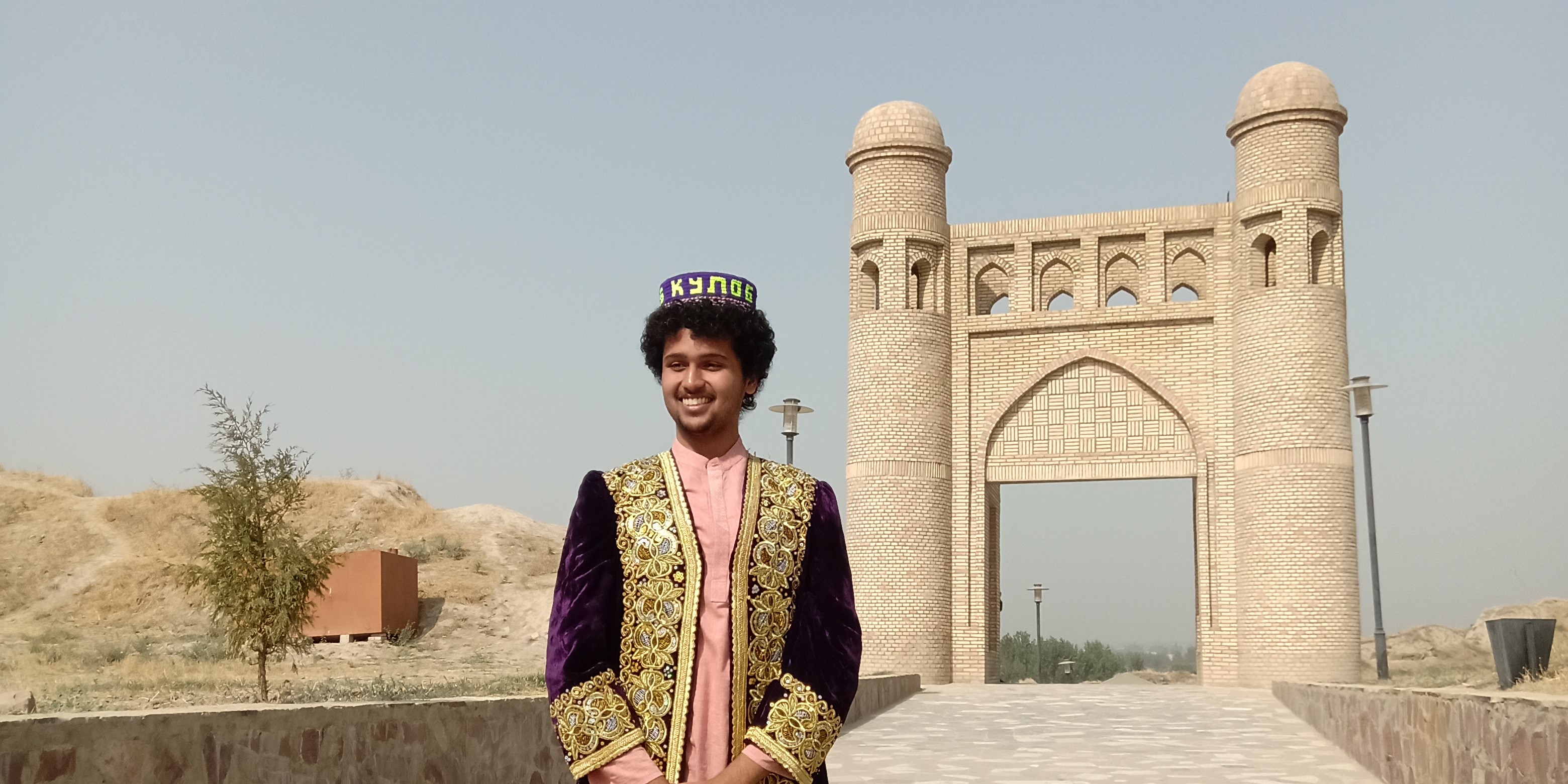The IIT-M chapter of Engineers Without Borders recently found itself in the limelight for installing a 1.5 kWp solar power plant in the Government Girls’ Higher Secondary School in Ashok Nagar. In an interview with T5E, K. Venkatesh from EWB shed some light on the team, its motivation and future projects.
Inception of the EWB-IITM chapter:
The EWB-IITM chapter started in 2012 with the motivation to contribute to society. Venkatesh talks eloquently about how we as engineers have been incredibly lucky to receive an excellent education and be assured of a good livelihood. Given that many Indians do not have the facilities and luxury that we enjoy, EWB hopes to reach out to rural areas – tribal villages, in particular.

Projects undertaken by the team so far:
Professor Shrikanth Vedantam is their faculty advisor and professors Lijy Philip and T. Pradeep have assisted them with their water purification project. However, EWB is student managed for the larger part. The EWB team is split into projects, that are standalone. So far, they have undertaken projects in sanitation, water desalination and solar power generation. While the recent solar installation project comprised a three-member team, the EWB team in its entirety has about twenty active members – including Prajwal Kumar Chinthoju (Mechanical Engineering Department, 3rd year BTech), Sasanka Rani (Electrical Engineering Department, 3rd year BTech), Aakhil Sehabaz (Engineering Physics, 3rd year BTech), Deepak Bhat ( MS, 3rd year) and S P Elangovan (Ph.D, Mechanical Engineering Department).
Details about their most recent project – the school solar electrification:
The pilot phase of the solar power project (external media coverage of which can be found here and here), installed at the Government Girls’ Higher Secondary School in Ashok Nagar, covers a block of 12 classrooms where nearly 600 girl students, most of whom are from economically weaker sections of society, study. The lights and fans in the classrooms are replaced with specially designed DC lights and fans which consume about 50% less power compared to their AC counterparts. Since the entire system works on DC, the AC to DC conversion loss is avoided too. As a result, a DC power plant with a rated capacity of 1.5 kW is sufficient to power up an entire block, which would have otherwise required solar panels to generate around 8 kW power if conventional AC-based technologies had been used. The unique DC-based technology was developed at IIT Madras by Dr. Ashok Jhunjhunwala, Professor in the Department of Electrical Engineering.

The project cost around 7 lakh rupees and was funded by an IIT-M alumnus, Mr. Deepak Sanghi. The project was installed and partially funded by Cygni Energy Pvt. Ltd. Inspired by the overwhelmingly positive response from the school authorities, they are now planning to take the project to a newer level and electrify the school by solar power completely. Meanwhile, they are also hoping for a partial reimbursement from the government.
Prior to this project, EWB had installed six toilets in Vilangadupakkam village (around 35 km from Chennai) as part of a sanitation project a year and a half ago, benefiting 25+ individuals. The project had been a huge success, with all the toilets being used regularly. The project was funded by the Office of I & AR.
The DC revolution: Direct Current versus Alternate Current
Talking about the past, present and future of DC, Venkatesh says that a shift to DC saves a lot of power. The relatively recent development of the semiconductor industry has made advancements in DC possible. The huge losses that are involved with AC to DC conversion can be avoided if DC is used for transmission. However, transmission in DC remains more dangerous than in AC.
Upcoming team projects:
The team is currently working on a project to install low cost houses. While the team would like to work on a solar desalination project, it is looking for a small-scale, low-budget alternative to the existing models. Another project on the team’s wish-list is the provision of solar power to remote households where setting up transmission lines is difficult, cables snap and repairing is difficult. On a smaller level, clean burning stoves and biogas plants are of concern to them. The team also plans to contact NGOs involved in providing education to tribal communities and work with them. As a part of the ambitious sanitation project, they plan to install 50 toilets in Vilangadupakkam village thus extending the pilot project which received an overwhelming response.
On being asked where EWB can make the greatest impact, Venkatesh emphasizes the role of the team in identifying current technologies, developing an in-depth understanding of the technologies and identify the right technology to be used to solve socially relevant problems. He cites as an example the water project, where the team has neatly catalogued the various types of pollutants and identified the various types of purification technologies that can be used to remove these pollutants.
EWB’s ‘The great Indian dream’ – a call for volunteers:
While all the above makes use of available technology, with enough experience, the team is hoping to develop solutions in the future. Venkatesh is quick to acknowledge that this would require a lot of funding and manpower. With a couple of projects lined up, the team aspires to bring more people on board – particularly, enthusiastic second-year students and work towards long-term sustainable solutions for the underprivileged.




